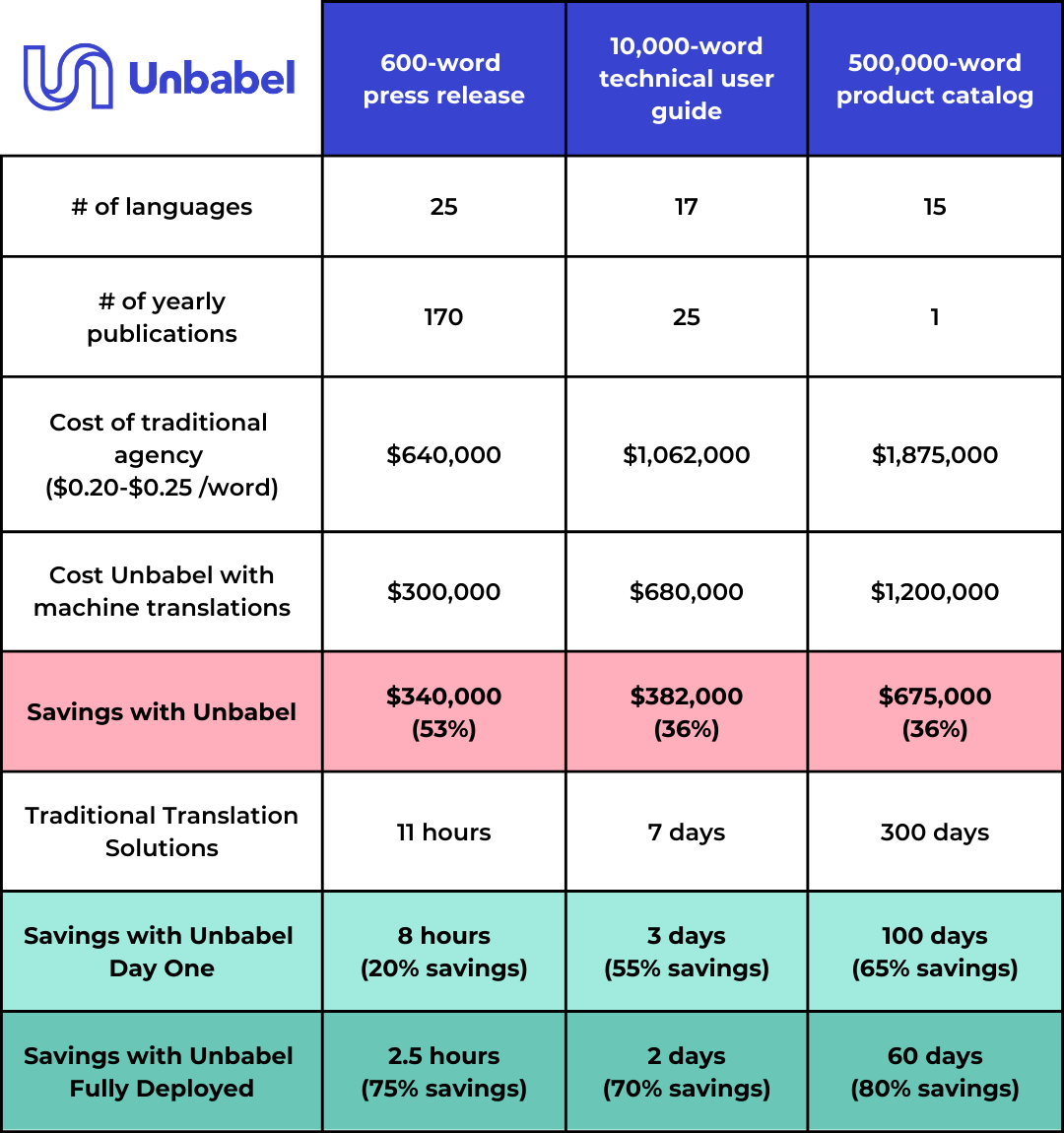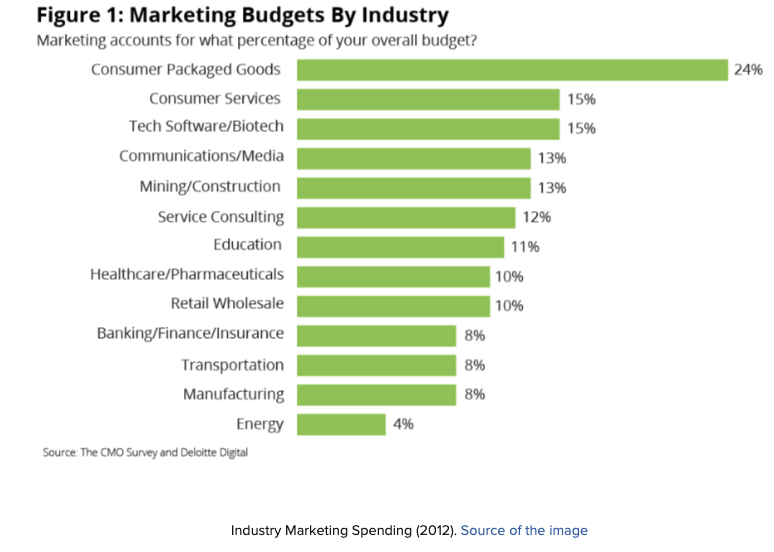
How adapting content for international markets is a growth lever
Translation and localization efforts have risen in importance for businesses and are now a part of routine C-suite conversations along with product, development, and other business areas that have a direct impact on the bottom line. This is because marketing materials, product descriptions, and even legalese must be translated into different languages in order to be accessible to global audiences. Without a translation and localization strategy, an organization will find it hard — if not impossible — to reach ambitious business goals that involve international expansion.
In recent years, Machine Translation technologies brought big changes in the translation landscape. They have allowed drivers to address the 4 main issues of the localization process: Quality, costs, scalability, and time. We will detail how business companies take advantage of them.
Let’s explore why translation and localization are key focus areas for today’s CxOs and how they positively impact business success.
Growth in translation and localization investments
Going global enables businesses to expand into new markets and capture potential customers, leading to higher revenue. However, language barriers and cultural differences create new challenges when moving into international markets. To overcome these obstacles and find success in their target markets, companies need to invest in translation and localization efforts.
As a result of this growing need for translation and localization, the translation services market reached $39.37B in 2020 and is expected to increase to $46.22B by 2028 — a CAGR of 2.07%. The bulk of this market growth comes from adapting websites, apps, online FAQs, product information, videos, blogs, articles, and more, making them accessible to international consumers.
Businesses need high-quality translations to stay competitive in a global market. This is why organizations spend between 1% and 4% of their marketing budget on translation and localization services. Localization involves converting marketing, messaging, legalese, and all other touchpoints into the native language, jargon, and cultural preferences (e.g., date formats, units of measurement, currencies) of the target population.
According to Unbabel’s 2023 Global Trends in Marketing Localization Report, marketers are directing their localization efforts to top of the funnel (ToFu), brand awareness content.
46% of marketers are localizing paid ads
41% are localizing emails
42% are localizing white papers
27% are localizing blogs, eBooks, and landing pages/microsites
Marketing budget as a percentage of revenue
In the simplest terms, your marketing budget should be a percentage of your revenue. A common rule of thumb is that B2B companies should spend between 2 and 5% of their revenue on marketing. For B2C companies, the proportion is often higher — between 5 and 10%. This means that the localization process can represent up to 0.25% of the revenue of a company.
The value of localization
Organizations are finding that they must make localization a pillar of their marketing strategy, or face rejection by customers in foreign markets even in some cases facing legal issues with severe business impacts because of wrong translations or adaptation to the context. The Unbabel Global Multilingual CX 2021 Report surveyed 2,750 consumers across six countries (US, UK, France, Germany, Japan, and Brazil) to identify consumer trends and multilingual customer experience data. It found:
68% of consumers would switch to a brand that offers support in their native language.
64% of surveyed US consumers said they’d pay a higher price for a product or service if a brand offers a customer experience in their native language.
Unbabel’s 2023 Global Trends in Marketing Localization Report reveals that 41% of marketers are localizing SEO, while 23% of marketers named translation quality as their biggest challenge when localizing content.
Still, it pays to localize. A report by Common Sense Advisory found that Fortune 500 companies that invested in translation saw positive results, such as:
Companies that increased their translation budgets were 1.5 times more likely than their Fortune 500 peers to report increased total revenue.
Companies that translated content in order to communicate with and retain customers were 2.67 times more likely to experience increased revenue. Further, they were 2.6 times more likely to improve profits.
Companies that translated to gain an edge or maintain pace with their peers were 2.04 times more likely to increase profits and 1.27 times more likely to generate augmented earnings per share (EPS).
The costs of manual localization
Of course, localizing materials is easier said than done when relying on humans alone. The high costs of manual localization efforts include:
Decreased productivity. Managing the localization process with manual tools and workflows ends up wasting time and decreasing overall team productivity.
Slow local rollouts. Human translations are slow, meaning that the organization can’t be nimble or make changes to deliverables on the fly. Manual localization might even delay a launch or force an organization to increase lead times in order to ensure there’s enough time for localization
Delayed ROI. The slow pace of localization means that businesses can’t quickly capitalize on their investment, and will have to wait to see returns in the form of increased revenue.
Lost customers. Businesses sometimes rely on their own employees or customer feedback rather than professional translation services, resulting in subpar translation quality. This can result in lost customers or failed conversions, threatening a business’s market share and negatively impacting the bottom line.
Machine translation and localization accelerate ROI
The good news is that organizations no longer have to rely solely on humans to translate and localize materials. Machine translation software can speed up the translation process, eliminating the problems that plague manual translation processes and accelerating ROI.
The Unbabel platform is an AI-driven, human-refined, machine translator that provides translation and localization at scale. We enable businesses to make the most of their investments and reach more new customers by using automation to eliminate language barriers.
The table below shows the savings a business can achieve by using Unbabel vs a traditional, human translation agency:

Many global marketers see the value of investing in automated translation processes and are already making them a part of their workflows. The Unbabel Global Trends in Marketing Localization 2023 Report conducted a survey of more than 1,600 global marketers across eight countries and found that 39% of marketers are already using machine translation as part of their localization strategy. And of those, 83% say they are confident in the quality of their translations!
Scaling into new global markets comes with a host of challenges, but language doesn’t need to be one of them. Companies can leverage machine translation software to maximize the dollars of their marketing budget that are dedicated to translation and localization and, in doing so, increase revenue, improve margins, and expand opportunities to reach business goals.
Interested in learning more about optimizing your marketing budget using Unbabel’s LangOps platform, which combines advanced AI and human editors to provide fast, high-quality translations and localizations at scale? Sign up for our free trial today.












